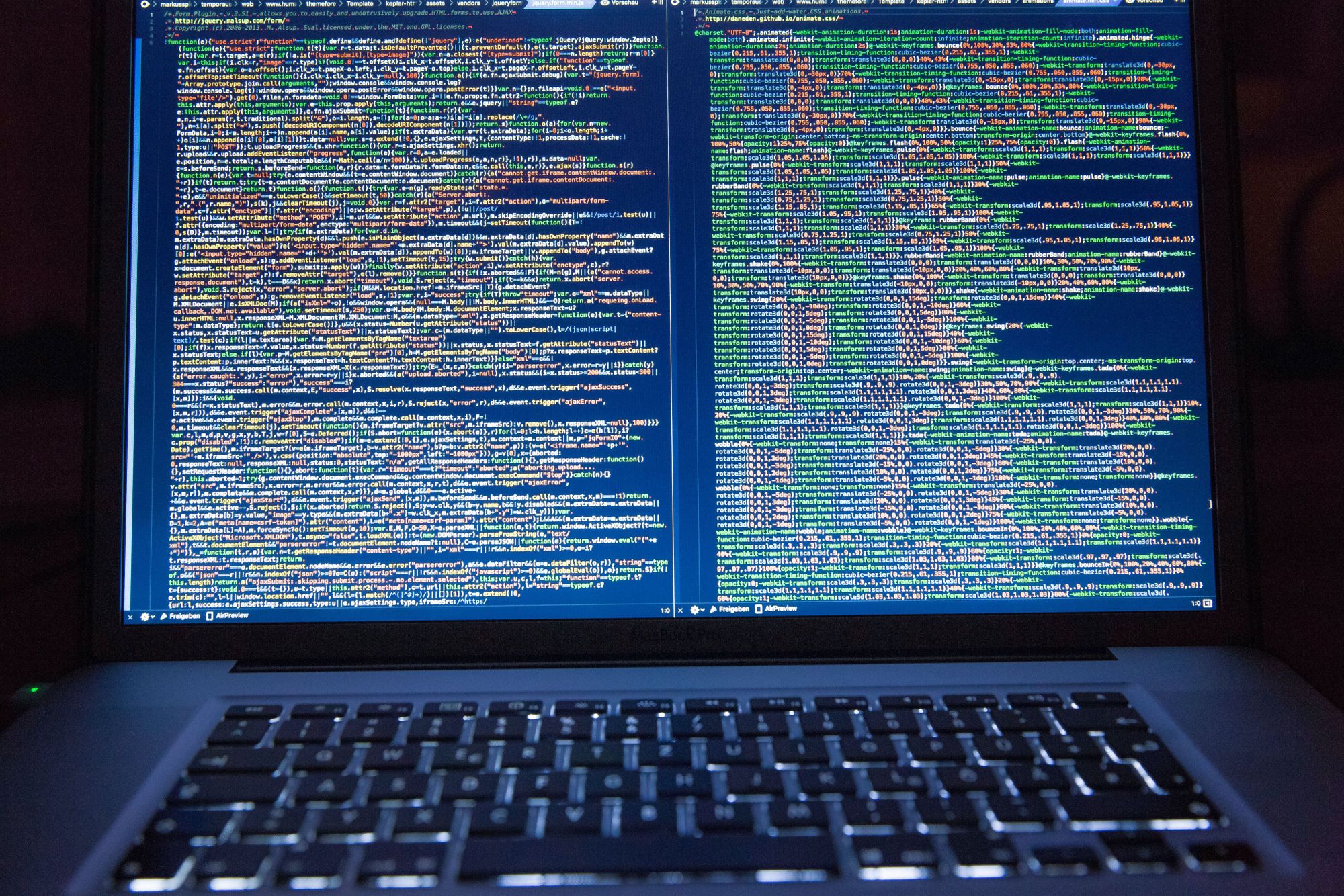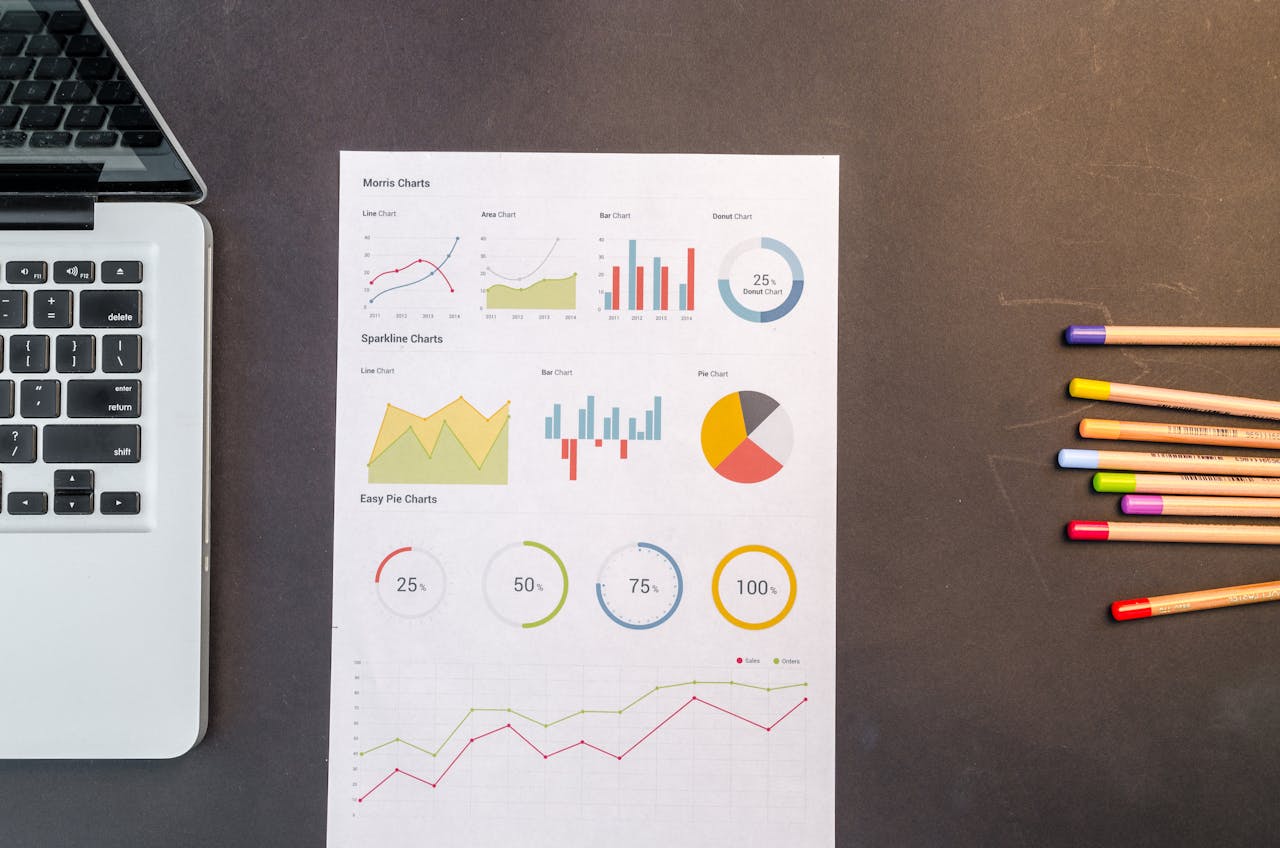What is Data Crawling?
Data crawling is the process of collecting and gathering information from different data sources which may include web pages, databases, and other data repositories. Data Crawling is also called web crawling or web spidering, these may be used interchangeably.
This process involves using web crawlers or bots to crawl or navigate through different websites while storing links and URLS in a database or file. Businesses use this technique as it helps them automate data collection.
We will get into more detail about the use cases in the upcoming sections below, but a very well-known example is that of search engines such as Google and Bing, that have crawlers that go around the internet crawling new websites and building their databases. Businesses utilize data crawling as a means of automating data collection which in turn is time-efficient and helps them make better decisions.
Different Types of Data Crawlers
When it comes to the types of data crawlers available it will be dependent on your specific use case. Some data crawlers are:
- Focused Crawlers: These crawlers are very niche specific, they are designed to crawl specific websites or web pages. They are developed to solve a well-defined problem statement or a topic.
- General-purpose crawlers: These crawlers, unlike focused crawlers are designed to collect a wide variety of information from web pages. These are generally used by search engines.
- Incremental Crawlers: This is another example of a type of web crawler used by search engines, for example, these are used to check how you rank for a particular keyword as they are updated on a regular basis.

What is Data Scraping?
Data Scraping, on the other hand, is the process in which a program can extract data from a website into tables that may be stored in the form of a spreadsheet. With this technique you can write and run programs that are designed to extract specific data from a web page to meet your specific needs.
What was otherwise a boring and repetitive task is now a computer program that can be modified and made to run multiple times, which means more time to work on other important tasks. Another benefit of data scraping is you can use the internet as your data source and build your own database to match your specific needs.
Different Types of Data Scraping
The three most used data scraping types are:
- Web Scraping: This is the most commonly used form of data scraping; it encompasses extraction information from websites. This data could be in the form of text, images, prices, based on your specific data needs. We can see this type of data scraping technique commonly used in e-commerce to monitor competitors and prices.
- Screen Scraping: This involves extracting data from the output of another program, you will see this in the case when the data is not available through APIs or databases. It is mostly utilized when the backend systems are old and dated.
- Social Media Scraping: This type of data scraping has become more popular lately as social media has gained more value. This may include extraction of information such as user profiles, post, comments. This is utilized by business to analysis sentiment analysis and market research.

Data Crawling VS Data Scraping: Key Differences
One of the most important differences is that with Data Crawling you are looking for any information available whereas with data scraping there are specific parameters and websites of interest.
Data Crawling refers to downloading pages from the web while data scraping involves extracting data from various sources including the web.
Data crawling is mostly done at a large scale, data scraping can be done at any scale.
Deduplication is an essential part of data crawling while it is not a necessary part in data scraping.
You only need a crawl agent in data crawling while you require a crawl agent and parser in data scraping.

Use Case: Data Crawling VS Data Scraping
Here are some use cases for data crawling:
- Market Research and Competitive Analysis: Data crawling is used to collect competitor data, market trends, and customer feedback from sources like e-commerce sites and social media, aiding businesses in strategic decision-making.
- Financial Analysis and Investment Strategies: Financial institutions employ data crawling to gather and analyze financial data, facilitating informed investment decisions and risk assessment through predictive modeling.
- Healthcare and Life Sciences Research: Researchers utilize data crawling to access medical literature, clinical trial data, and patient forums, aiding in medical research, drug discovery, and healthcare policy analysis.
And here are some examples of data scraping:
- Price Monitoring and Comparison: Retailers and e-commerce businesses utilize data scraping to monitor competitor prices, track product availability, and gather pricing information from various online sources. This data helps them adjust their pricing strategies, optimize product offerings, and stay competitive in the market.
- Lead Generation and Sales Prospecting: Sales and marketing professionals use data scraping to extract contact information, company details, and relevant leads from business directories, social media platforms, and professional networking sites. This data enables them to create targeted marketing campaigns, generate sales leads, and expand their customer base.
- Business Intelligence and Market Analysis: Companies leverage data scraping to collect and analyze data from websites, industry reports, news articles, and financial statements. By aggregating and analyzing this data, they gain insights into market trends, consumer behavior, competitor strategies, and industry developments, empowering informed decision-making and strategic planning.
Although on the surface data crawling and data scraping might look alike there are differences as to which technology would be most suited to your business need. It is vital to understand which method would be most efficient to your company.
If you are looking for someone to help you with web scraping for your business, DataHen offers one of a kind custom web scraping service. To learn more, reach out to us by filling out this form.

